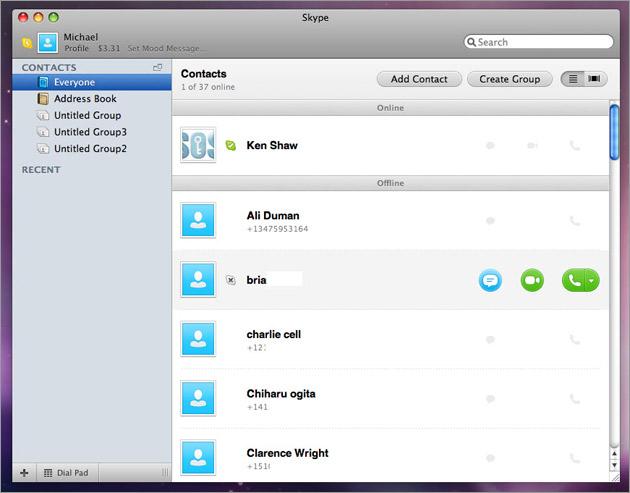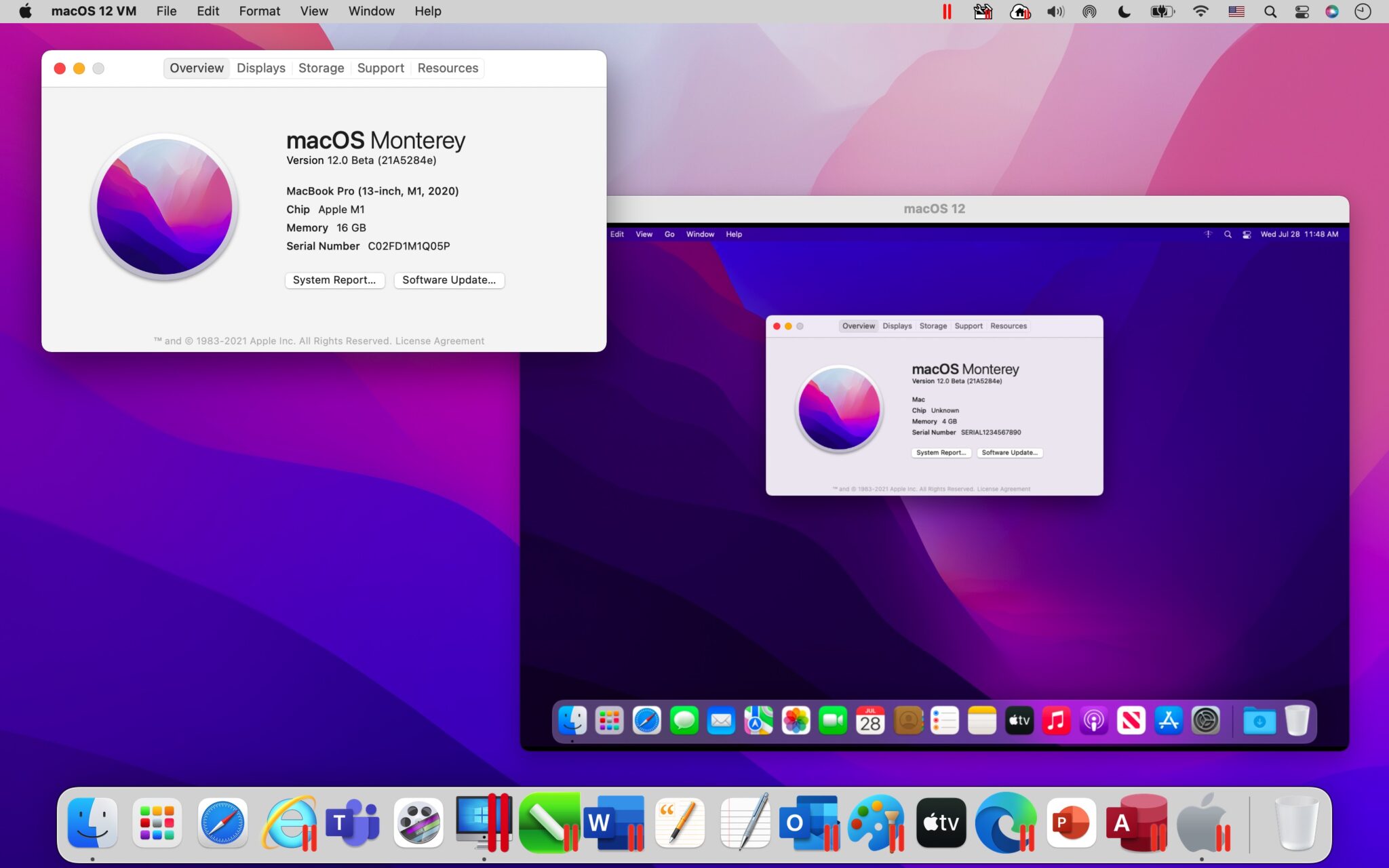

- #MAC OS 12 NAME FOR MAC#
- #MAC OS 12 NAME MAC OS X#
- #MAC OS 12 NAME INSTALL#
- #MAC OS 12 NAME FULL#
- #MAC OS 12 NAME MAC#
traffic rules) and feature parity with the Windows product was not included until version 14.2 and later. IPS was introduced in SEP 12.1.4, but broader firewall support (e.g. SEP client versions earlier than 14.2 do not include a firewall. You can only enable Device Control for managed clients. Device Controlĭevice Control is available in SEP 14 and later.

Intrusion Prevention (IPS) is available in SEP 12.1.4 and later. See Endpoint Protection 14.2 RU1 and kext notarization for macOS 10.14.5.
#MAC OS 12 NAME INSTALL#
If you install a client version earlier than 14.2 RU1 (refresh) on macOS 10.14.5, or upgrade the operating system to macOS 10.14.5 with an earlier version of Symantec Endpoint Protection already installed, you may experience issues. Kext notarization was added in macOS 10.14.5.See About authorizing kernel extensions for Symantec Endpoint Protection for macOS 10.15. However, if you reinstall the operating system, you need to reauthorize the kernel extension.

If you have Symantec Endpoint Protection 14 and then upgrade to macOS 10.13, you don't need to reauthorize the kernel extension. If you uninstall and reinstall the client, you don't need to reauthorize the kernel extension. You only need to authorize the kernel extension once during the life of the computer's operating system.
#MAC OS 12 NAME MAC#
Neither Symantec Endpoint Protection nor the Mac operating system continue to remind you that you must do this. If you do not do it during the client installation, go to System Preferences > Security & Privacy, and click Allow. You are prompted during the client installation to do it if needed.
As of macOS 10.13, you must authorize the Symantec Endpoint Protection kernel extension after installation for Symantec Endpoint Protection to fully function. #MAC OS 12 NAME MAC OS X#
Mac clients for Symantec Endpoint Protection Cloud do not support Mac OS X 10.11 (El Capitan). #MAC OS 12 NAME FOR MAC#
See Remove Symantec software for Mac using RemoveSymantecMacFiles.
Remove legacy Symantec AntiVirus (SAV) for Mac installations before installing Symantec Endpoint Protection. Case-sensitive APFS volumes are not supported. As of version 12.1.2, SEP supports case-sensitivity in HFS volumes. PowerPC processors are not supported as of version 12.1.x. Neither Apple or Symantec support macOS 10.12.x or older. Apple M2 is supported from SEP 14.3 RU5 and later. Apple M1 (M1 Pro/M1 Max/M1 Ultra) supported from SEP 14.3 RU2 and later. #MAC OS 12 NAME FULL#
The 14.3 RU4 Full installer download ships with the 14.3 RU3 Mac client. The 14.3 RU5 Mac client will download to the SEPM when Liveupdate is run on the SEPM server.
The 14.3 RU5 Full installer download ships with the 14.3 RU3 Mac client. MacOS 13 Ventura is currently supported on 14.3 RU5 and 14.3 RU6. The 14.3 RU7 Full installer download ships with the 14.3 RU6 Mac client. *Mac versions prior to 14.3 RU1 follow the same versioning as Windows clients Additional Notes Symantec Agent for Mac version (SEPM) Release Name The SES Mac client is only supported on macOS 10.15.x and 11.x with the SES Mac agent build 14.3 RU1 and newer. The Symantec Endpoint Security (SES) client for Mac is cloud-based and managed by the Integrated Cyber Defense Manager (ICDM) web page. The SEP client for Mac is managed by a Symantec Endpoint Protection Manager (SEPM) on a Windows server. Note: Different product versions have specific system requirements. If your computer name is not recognised by Bonjour, the local network name is 14.x Client for macOS/OS X Compatibility Chart If your Mac has the exact name of another Mac on your local network, a number is added to the local network name. If needed, turn on the “Use dynamic global hostname” option. (You may need to scroll down.)Ĭlick Edit in the “Local hostname” section at the bottom of the window, then enter a new local hostname. On your Mac, choose Apple menu > System Settings, click General in the sidebar, then click Sharing on the right. Local hostnames aren’t case sensitive, so my-computer.local is the same as My-Computer.local. For example, if your computer’s name is My Computer, your local hostname is My-Computer.local. local added, and any spaces are replaced with hyphens. The local hostname is your computer’s name with. It identifies your Mac to Bonjour-compatible services. The local hostname, or local network name, is displayed at the bottom of the Sharing settings window. Get started with accessibility features. Use Sign in with Apple for apps and websites. Watch and listen together with SharePlay. Share and collaborate on files and folders. Sync music, books and more between devices. Make and receive phone calls on your Mac. Use one keyboard and mouse to control Mac and iPad. Use Live Text to interact with text in a photo. Make text and other items on the screen bigger. Install and reinstall apps from the App Store.







 0 kommentar(er)
0 kommentar(er)
